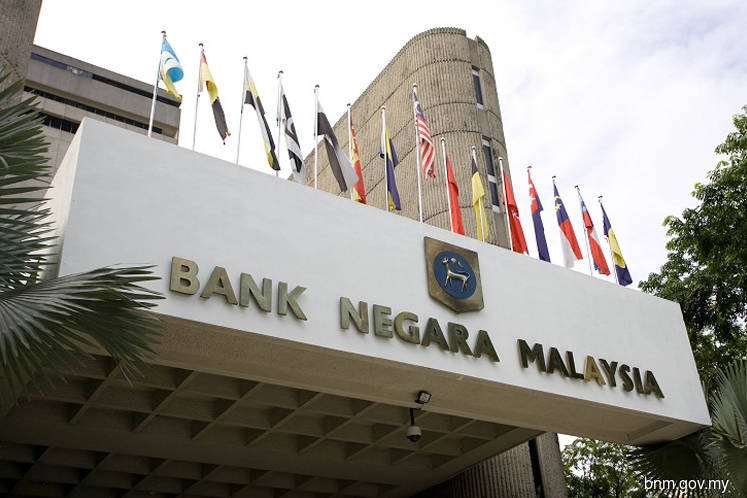KUALA LUMPUR, Jan 28 — The Financial Sector Blueprint 2022 – 2026 (FSB3) is complementary with the current banking infrastructure, said Bank Negara Malaysia (BNM).
Assistant governor Adnan Zaylani Mohamad Zahid said the current banking infrastructure is able to work and serve the economic or financial needs quite well.
However, he added there are pockets that the blueprints could further supplement the banking infrastructure with a number of initiatives that would then complement all these existing infrastructures.
“So while we are focused on bank deposit base, debt financing, provided by the banks there are pockets and for example, when we are combining equity financing with debt financing in the form of becoming blended finance, which we haven’t really tapped into.
“So this is where there are gaps in the marketplace of finance, where some of the businesses might find this is more suitable for their current growth cycle. When we think about alternative finance, it could fill up some of this space for businesses that are new or in the stage of pre-commercialisation.
“So these alternative finance can help in particular for higher risk industries, high growth, high tech industries,” he said during BFM Morning Brief session on Sustainable Transformation via FSB3 today.
He added that going forward, BNM would encourage and promote the entry of non-banks to make it easier for the banks to offer these alternative funding strategies.
He said that partnering with banks and non-bank players, venture capital firms or even private equity would be the key players for the financial industry and promote a more diverse, and give more choice in the funding landscape for businesses.
“It won’t just be limited to the banking sector, of course. It would cut across the whole of the financial sector,” he said.
On the blueprint objective, Adnan said the priorities of the newly-launched blueprint are funding Malaysia’s economic transformation, elevating the financial well-being of households and businesses, advancing digitalisation of the financial sector, positioning the financial system to facilitate an orderly transition to a greener economy, and advancing value-based finance through thought leadership in Islamic finance.
On the note on Central Bank Digital Currency (CBDC), Adnan said BNM does not have any plans yet to issue a CBDC, as to date, the domestic payment systems are working quite well, efficiently, safely and are able to support most of the consumers’ needs.
But having said that, BNM is always open to innovation, in particular, what the CBDC could bring to the financial sector.
“We have outlined in the blueprint as well that we will be running experiments or what we call proof of concept projects in three phases, the Project Dunbar.
“I need to say that this is still an experimental project. So at this juncture, it is a bit early for us to be able to say what will come out of it but definitely we will learn from our involvement in this project and see where this will be heading when it comes to the CBDC,” he said.
Adnan said the first phase of the project touches on cross border payments and the report will be ready in March this year.
— Bernama





